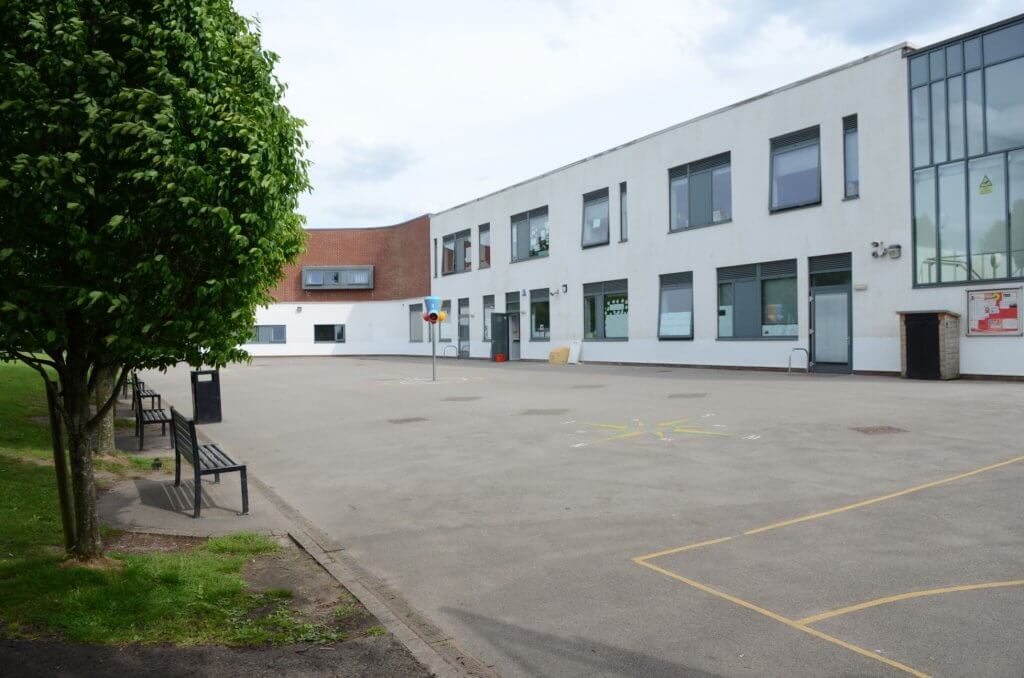As highlighted in the media over recent days, there have been concerns about the potential failures of Reinforced Autoclaved Aerated Concrete (RAAC) panels, a material that has been used in schools and other public buildings. Prior to these concerns being raised, the advice given by the UK centre for building science, Building Research Establishment (BRE), was that the material would deteriorate over time. However, this advice has now changed following some recent failures.
What is RAAC?
RAAC is a lightweight material used to make precast concrete planks. RAAC is used for elements such as flat roofs where the loads being applied are relatively low. RAAC is very different to conventional reinforced concrete in that, under the same loading conditions, the deflection of RAAC panels is far greater than for conventional concrete. Additionally, the steel embedded within RAAC panels is more prone to corrosion.
RAAC Guidance:
DfE (Department for Education) have updated their advice document for schools and building professionals, reinforced autoclaved aerated concrete: identification guidance, which sets out a staged approach to establishing the condition of any RAAC and developing this into a management plan. Stages 1A and 1B of this advice relate to the approach to be adopted for the identification of locations where RAAC may be present, followed by the surveying of this by competent professionals. The latter can be either Building Surveyors or Structural Engineers having experience of this type of survey work. Click here for the full guidance:
Property Tectonics
Property Tectonics are experienced in guiding schools through the initial Stage 1A identification process, additionally undertaking building surveys where either RAAC is known to be present or the Stage 1A exercise means schools can’t be sure if any is present. The information gathered from the surveys can then be developed into a management plan which may involve the removal of the RAAC, alternatively and depending on condition and risk, leaving the RAAC in position and monitoring its condition over time.
About the Author

David McTear, BSc, MRICS has over thirty years’ experience working in the real estate industry. As Director of Property Tectonics, he brings his expertise to the professional services team delivering a range of multi-disciplinary services to clients in both the private and public sectors. Property Tectonics services include Building Surveying for condition, acquisition, and statutory compliance, Maintenance & Facilities Management, and others.
Please complete the form below and we will get in contact as soon as we can to help you with your query.












